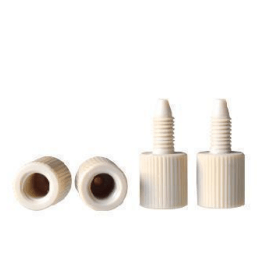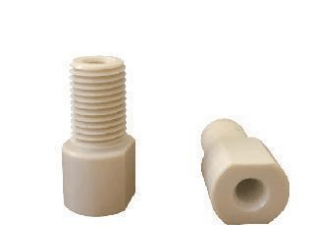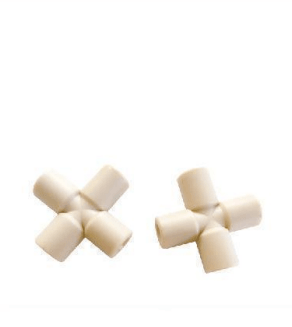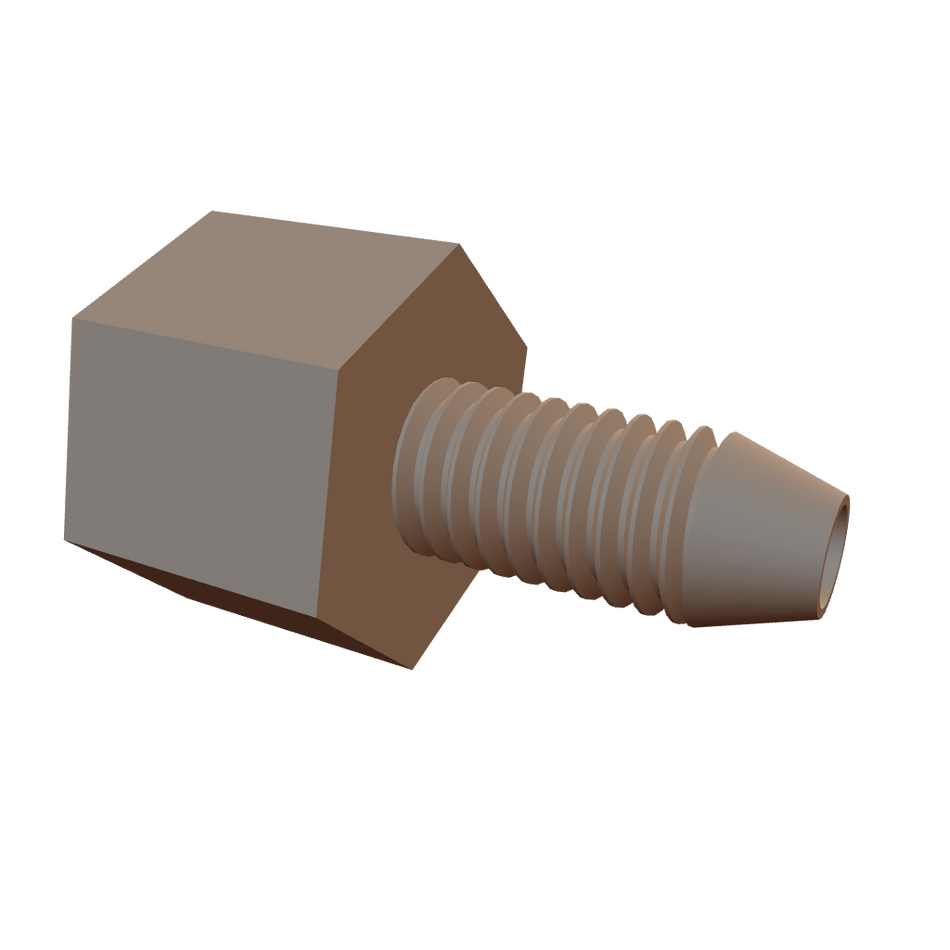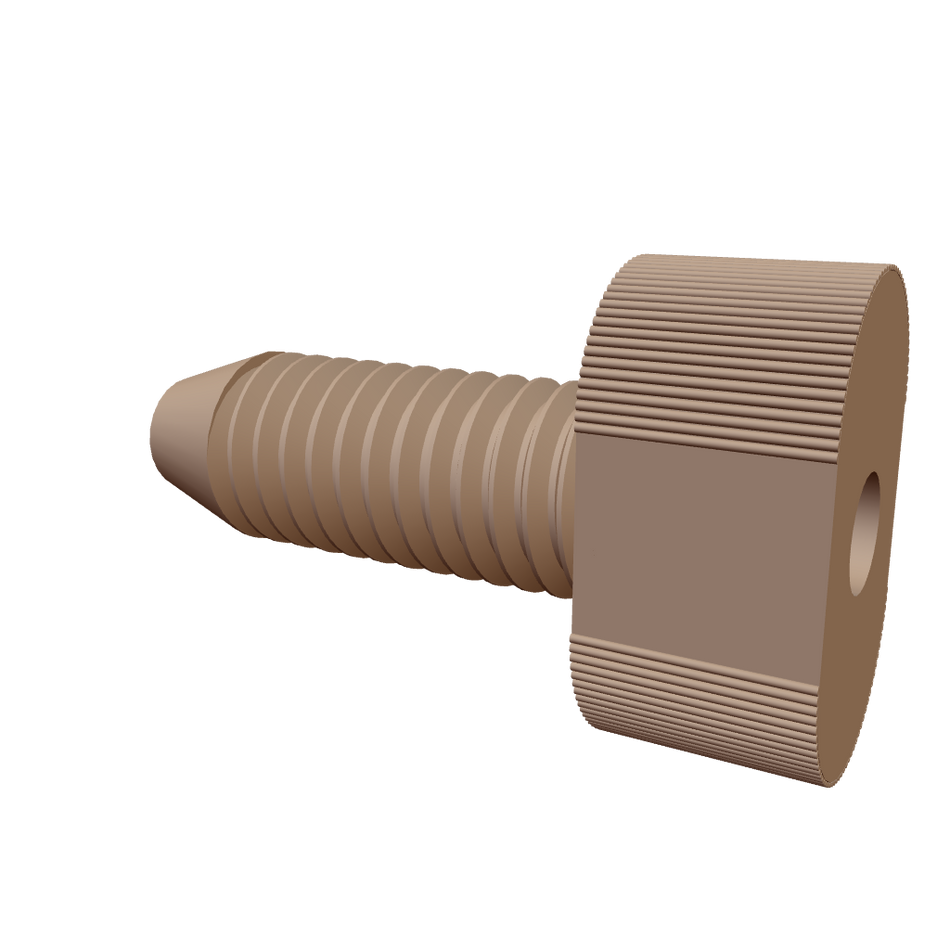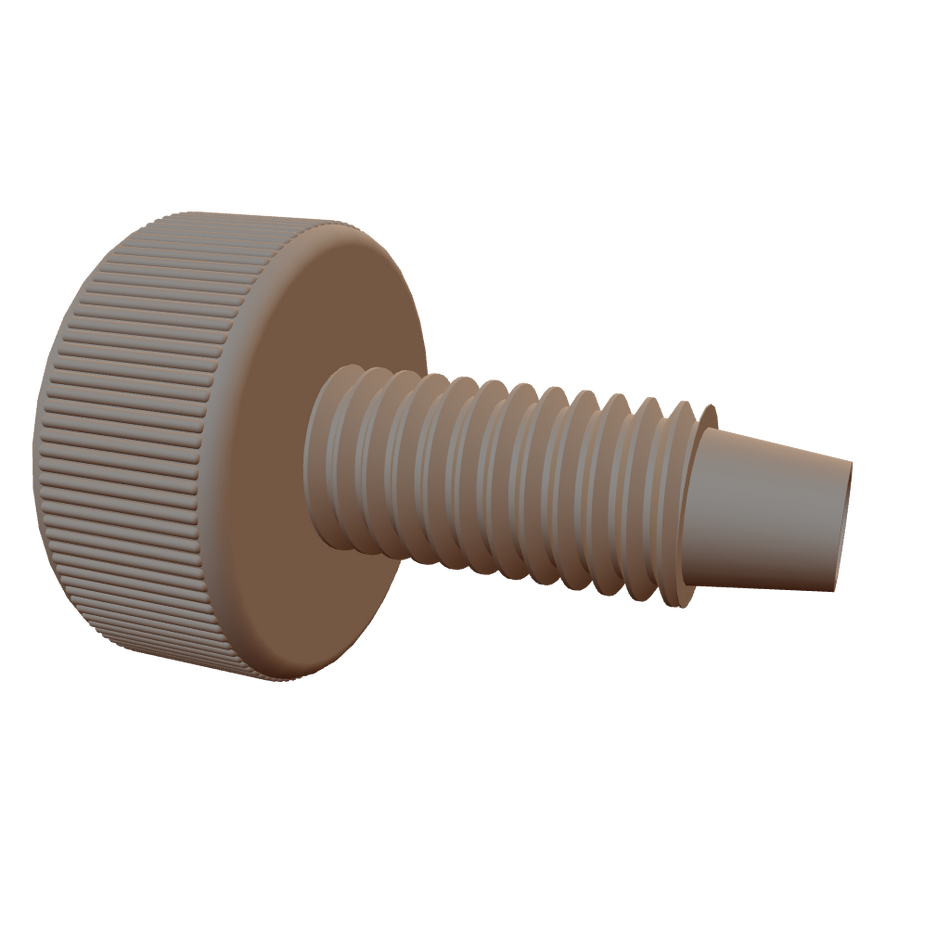12 Products
PEEK (polyetheretherketone) tubing finds widespread use in High-Performance Liquid Chromatography (HPLC) and Gas Chromatography-Mass Spectrometry (GC-MS) due to its unique combination of properties that make it an excellent choice for fluidic systems in these analytical techniques.
One of the key reasons PEEK tubing is used in HPLC and GC-MS is its outstanding chemical resistance. These analytical methods often involve the use of aggressive solvents, buffers, and samples with a wide range of chemical compositions. PEEK exhibits exceptional resistance to a broad spectrum of chemicals, including organic solvents, acids, bases, and polar compounds. This chemical inertness ensures that the tubing does not contribute to sample degradation or introduce unwanted interactions, enabling accurate and reliable analysis.
In addition to its chemical resistance, PEEK tubing also offers high-temperature stability. HPLC and GC-MS systems frequently operate at elevated temperatures, especially during gradient elution and thermal desorption processes. PEEK can withstand temperatures up to 250°C (482°F) without deformation or degradation, ensuring the integrity of the fluidic path and preventing any potential issues associated with temperature-induced changes in the tubing's physical properties.
Another crucial advantage of PEEK tubing is its low extractable properties. In analytical techniques like HPLC and GC-MS, it is crucial to minimize the risk of contamination and unwanted background signals. PEEK has very low levels of extractable compounds, meaning it does not release significant amounts of impurities or interfere with the detection of analytes of interest. This characteristic is particularly important when working with trace-level samples, where even minute levels of contamination can significantly impact the sensitivity and accuracy of the analysis.
PEEK tubing is available in various sizes and dimensions, allowing for customization to match the specific requirements of HPLC and GC-MS systems. The inner diameter (ID) and outer diameter (OD) of the tubing can be selected to optimize the flow rate and pressure for different applications. For example, microbore PEEK tubing with smaller IDs is suitable for low-flow applications requiring high sensitivity, while larger ODs are preferred for high-flow applications with greater throughput.
The ease of handling and compatibility with different connection methods is another advantage of PEEK tubing. It can be easily cut, bent, or flared to meet specific system configurations, offering flexibility in system design. PEEK tubing can be used with various types of fittings, such as PEEK fittings, stainless steel fittings, or even a combination of both, depending on the specific requirements and compatibility with other system components.
Furthermore, PEEK-coated stainless steel tubing is a popular option in HPLC and GC-MS systems. The stainless steel core provides mechanical strength and flexibility, while the PEEK coating offers enhanced chemical resistance and minimizes any potential interactions with the analytes or solvents. This combination allows for greater durability and easier manipulation of the tubing without compromising the fluidic pathway.
In summary, PEEK tubing is widely used in HPLC and GC-MS due to its exceptional chemical resistance, high-temperature stability, low extractable properties, and compatibility with different system configurations. By providing a chemically inert and reliable fluidic pathway, PEEK tubing ensures accurate and reproducible results in these analytical techniques, while minimizing the risk of contamination and interference.










